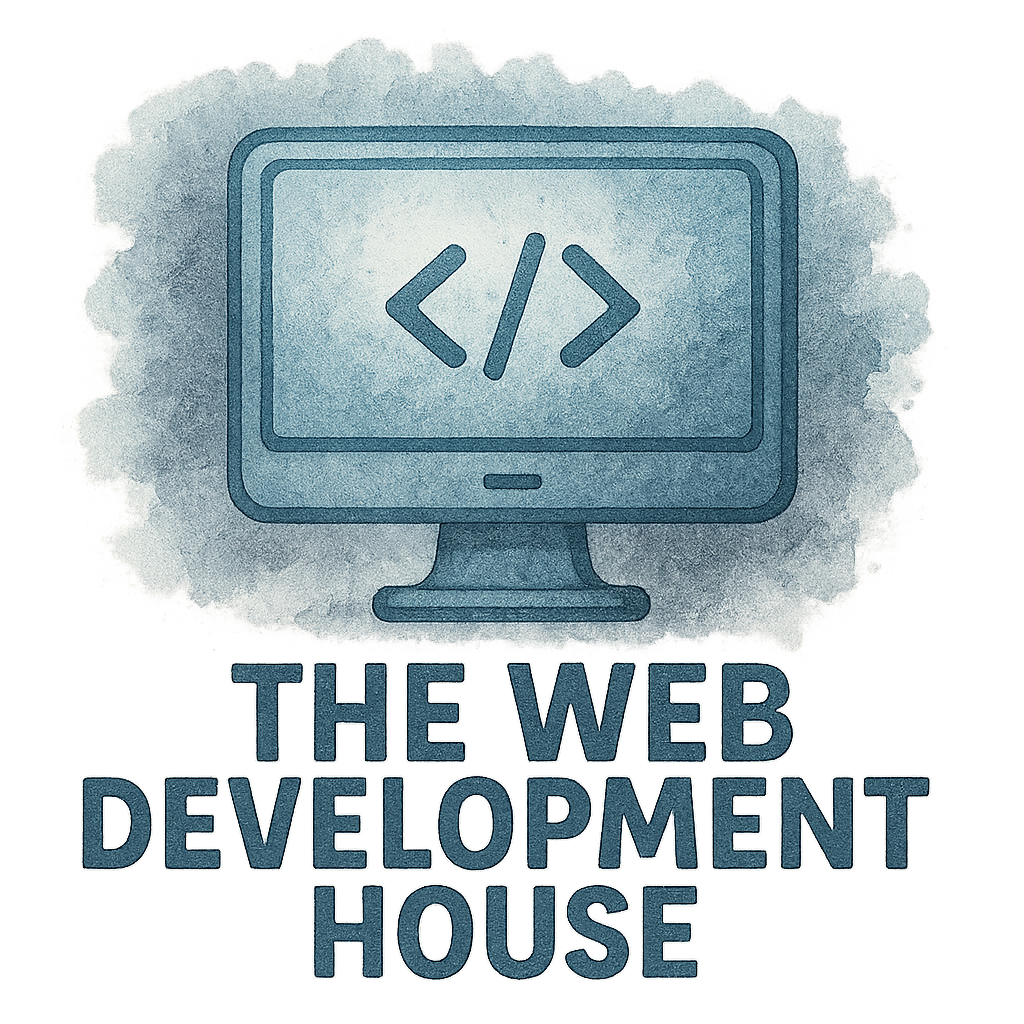Why User Testing Is Crucial for Great UX
User experience (UX) can make or break your product. A flawless backend and beautiful design mean little if users get confused, lost, or frustrated while using your app or site. That’s why user testing is non-negotiable. It’s not just a checkbox—it’s how modern development houses like The WD House ensure they’re solving real problems for real people.
How Dev Houses Approach UX Testing
Blending Agile Methods With Real Feedback
In a web development sprint, gathering real feedback on design usability and functionality early is gold. Dev houses use user testing tools between each iteration to avoid building the wrong features. It’s feedback-driven development at its best.
UX as a Culture, Not Just a Phase
At The WD House, user testing is a core piece of their company culture. Rather than being something tacked on at the end, it’s baked into every project through a combination of UI/UX design and project management.
The 12 Best User Testing Tools for Dev Houses
1. Hotjar – Visualize User Behavior
Key Features
- Heatmaps
- Session recordings
- Feedback polls
- Surveys
Why Dev Houses Love It
Hotjar helps dev teams see exactly what users do on a page. If users rage-click or abandon a form, Hotjar reveals it visually. It’s a favorite in UX best practices playbooks.
2. Maze – Test Prototypes Fast
Key Features
- No-code prototype tests
- Click heatmaps
- Quantitative metrics
Ideal Use Cases
Perfect for testing UI/UX design iterations quickly. Maze helps you fail fast, learn, and adjust before launch.
3. UserTesting – Real Human Feedback, Fast
Key Features
- Live user video recordings
- Custom test panels
- Sentiment analysis
Strengths for Dev Teams
Real people, real opinions. Ideal for mobile development where user behavior varies widely.

4. Lookback – Watch Users Interact Live
Key Features
- Remote moderated testing
- Live interviews
- Tagging and commenting
When to Use It
Best used when you want face-to-face-style insight remotely. Devs and designers can observe and adapt in real-time.
5. UsabilityHub – Quick Decisions From Target Users
Key Features
- First-click tests
- Design surveys
- Preference testing
What Makes It Stand Out
Excellent for resolving team debates on features or design direction. Let data make the call.
6. Optimal Workshop – UX Research Supercharged
Key Features
- Tree testing
- Card sorting
- Surveys
Use It For…
Structuring web development architecture logically. Especially handy when creating navigation for content-heavy sites.
7. Crazy Egg – Behavior Heatmaps and More
Key Features
- Scrollmaps
- Confetti reports
- A/B testing
How It Helps Developers
See where users stop scrolling, click most, or abandon a journey. It informs smarter UI/UX and feature choices.
8. PlaybookUX – Automated Video Feedback
Key Features
- Automated user panel recruiting
- Task completion analysis
- Transcription
Where It Shines
For startups or small dev teams needing fast validation of new ideas without spending a fortune.
9. Useberry – Prototype Testing Without Code
Key Features
- Figma, Adobe XD integration
- Journey analytics
- Time on task metrics
Dev House Benefits
Smooth tool for early design feedback with minimal dev resources.
10. Validately – Early-Stage Concept Testing
Key Features
- Concept validation
- Remote testing
- Voice of the customer recordings
Agile Advantage
Great for integrating into early agile planning and development sprints.
11. UserZoom – Enterprise-Ready UX Insights
Key Features
- Competitive benchmarking
- Large panel access
- Quant + qual analytics
Why Larger Dev Houses Use It
For enterprise clients and complex projects, UserZoom delivers the scale and depth needed.
12. Trymata (Formerly TryMyUI) – Fast Usability Reports
Key Features
- Instant test setup
- Demographic filtering
- Clear summary metrics
When Speed Matters Most
For fast-paced projects with tight deadlines, Trymata delivers rapid, actionable insights.
Integrating These Tools Into Your Dev House Workflow
Pairing With Agile and Sprints
Using these tools between agile sprints helps keep development aligned with user needs. It’s not about perfection, it’s about progress through iteration.
Team Roles and Responsibilities
- UX leads choose the tool and design tests
- Devs use insights to tweak features
- PMs incorporate feedback into the next sprint
It’s a cycle of listening, learning, and building better.
Final Thoughts on Optimizing UX Through Testing
User testing tools aren’t just shiny toys. They’re the secret weapon in building intuitive, delightful, and effective digital products. Whether you’re a startup or an established dev house, using the right tools at the right time is what separates the good from the great.
Conclusion
Dev houses thrive when they put users first. And to do that, they need to test, learn, and improve constantly. The 12 tools above give development teams the power to do exactly that—streamline UX, reduce waste, and launch with confidence. If you want to level up your UX game, integrating these tools is a no-brainer.
FAQs
1. What is the best user testing tool for small teams? PlaybookUX or Useberry are budget-friendly and powerful for startups and small dev houses.
2. How do these tools help improve project management? They provide clarity on what features to prioritize, making project management more focused and data-driven.
3. Are user testing tools useful in mobile app development? Absolutely! Tools like UserTesting and Maze are tailored for mobile app usability.
4. Can I use these tools without a dedicated UX designer? Yes, many tools are beginner-friendly and great for teams without in-house UX pros.
5. What tool should I start with? Hotjar is a great entry point—it’s visual, easy to use, and offers immediate insight.
6. How often should user testing be conducted? Every sprint or at least once per milestone in your dev cycle.
7. Do these tools integrate with design platforms? Yes—Useberry, Maze, and others offer direct integration with Figma, Adobe XD, and more.

